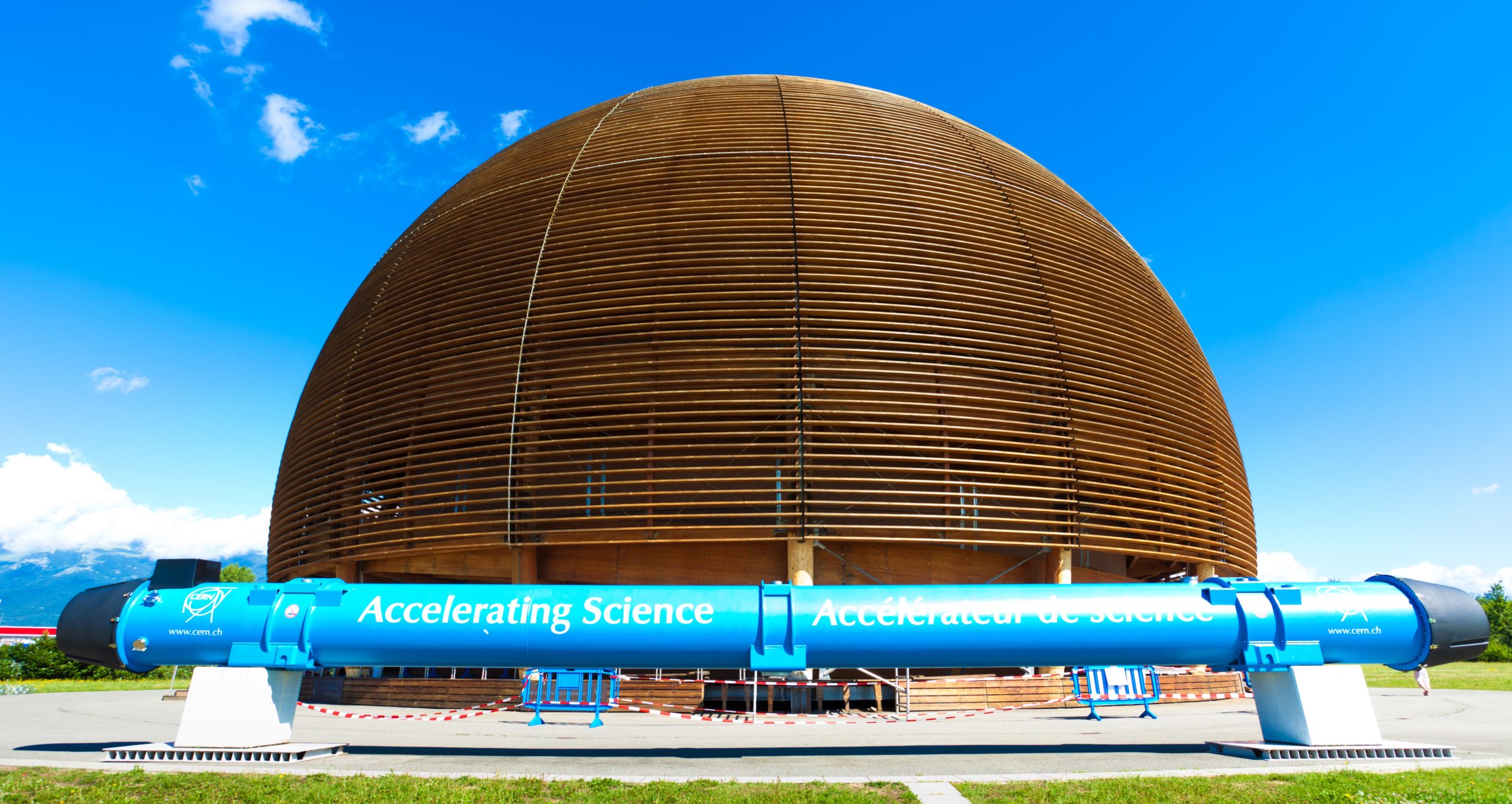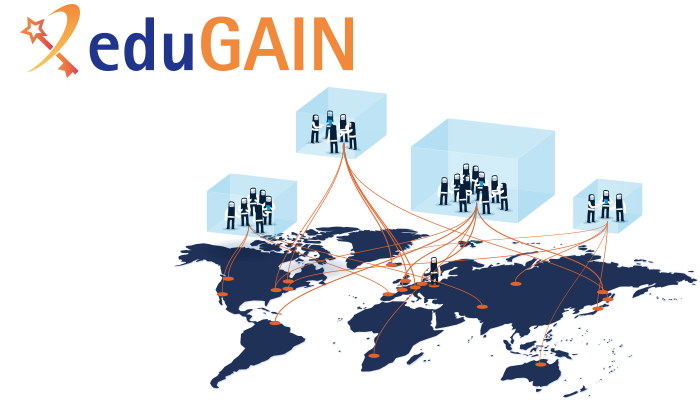Communication, communication, communication. It might not be the first thing you think of when you hear the term ‘Network Operations Centre’, but it became the unofficial battle cry of the 5th meeting of the Special Interest Group SIG-NOC.
This was mostly due to Brian Nisbet (HEAnet, Ireland) starting with an inspiring presentation on 60-second SLAs, in which he talked about the fact that users expect to be online all the time; always and everywhere. For NOCs that have to provide services and connectivity to users throughout the world, this expectation can be daunting, but it is an expectation we have to work with. Therefore, communication is key if something happens to the network. Users will notice instantly that something is wrong and if it is not fixed within sixty seconds they will become increasingly angry if you do not let them know what is going on.
In his fascinating presentation on the organisation of the CERN Computer Emergency Response Team, Stefan Lueders (CERN, Switzerland) built upon this theme of communication and incidents. His presentation gave an insight into the way he has to make risk analyses for such a huge and complex site. The way Stefan and his team deal with these risks every day and the way he communicates with his organisation was awe inspiring and intimidating.
As the theme of the meeting was ‘Current Best Practices’, the rest of the presentations covered a wide variety of areas and operations: Sebastian Nuëner (BelWü) and Henrik Thostrup Jenssen (NORDUnet) gave great flash talks about their organisations; Melvin Koelewijn and Max Mudde gave some insight to the way SURFnet has been doing DDoS exercises and using InfluxDB for network measurements in the Netherlands. Closing the meeting, Marko Eremija and Andrijana Todosijevic presented on the way AMRES uses Splunk log management and RADIUS infrastructure monitoring in Serbia. All presentations can be found on the SIG-NOC wiki.
Tours and fondue
One of the greatest things about the meeting was the warm welcome received from CERN, with a fantastic tour through the computer centre and a tour of the oldest accelerator at CERN. The group of twenty people from thirteen different organisations were all perfectly giddy to see the history of joint European research.
After two days of sharing best practices, seeing the past and future of research and excellent cheese fondue, we can conclude that, while NRENs offer different services and serve different types of clients, the core needs are the same across operations centres. How can we better serve those clients and make more time to build better services and tools rather than fix the ones we have?
To discuss this question and many others, we will meet again on 27-28 November hosted by SURFnet in Utrecht. You can register or find out more via the SIG-NOC wiki.








Add Comment